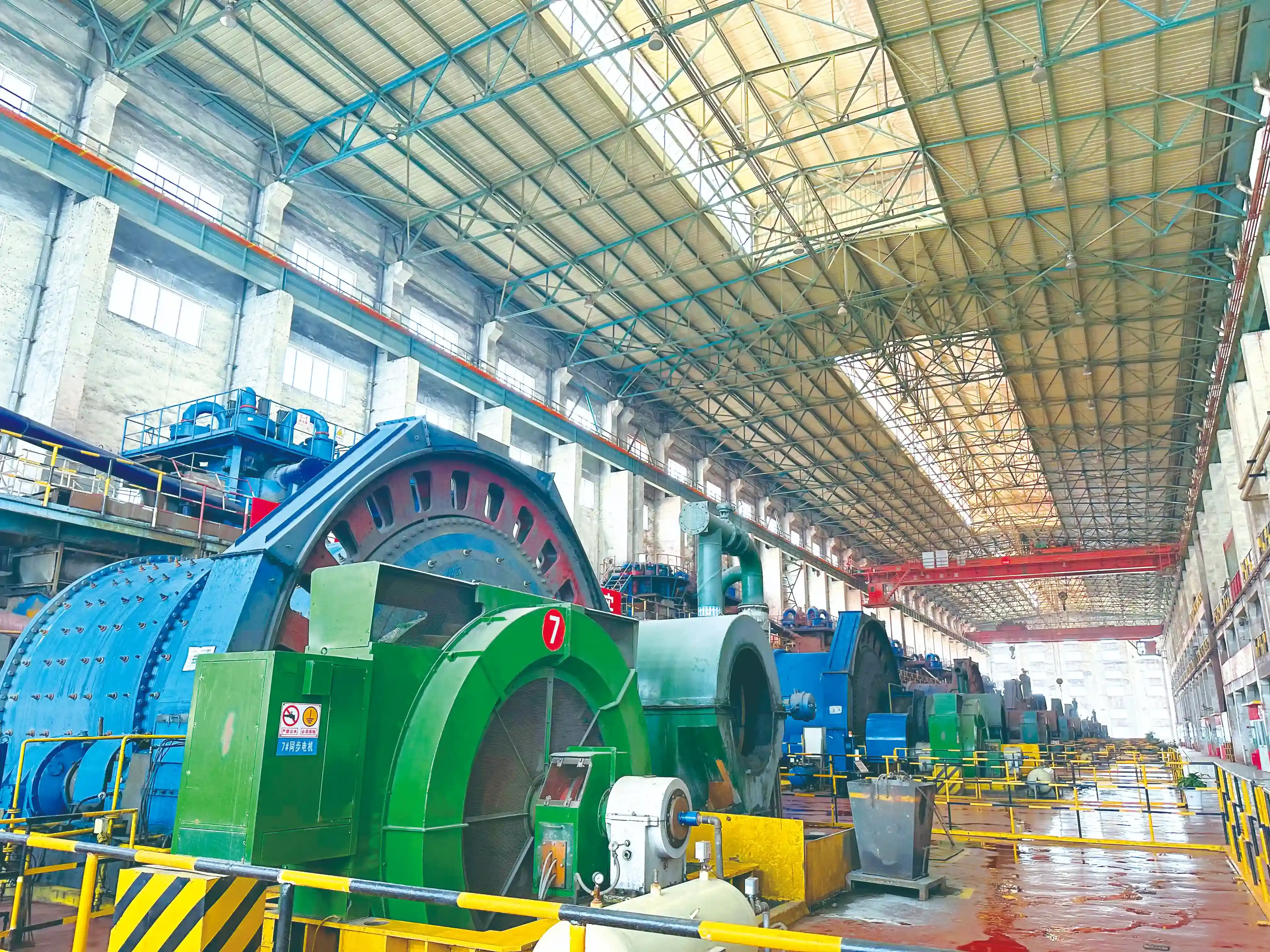Optimal ball charge percentage for maximum mill capacity
The ball charge percentage, also known as the ball load or ball filling, is a critical factor that directly influences mill capacity and throughput. Finding the optimal ball charge percentage is essential for maximizing mill performance while maintaining product quality.
Understanding ball charge percentage
Ball charge percentage refers to the volume of grinding balls mining relative to the total internal volume of the mill. This percentage typically ranges from 20% to 45%, depending on various factors such as mill size, material characteristics, and desired product fineness.
Impact on mill capacity
The relationship between ball charge percentage and mill capacity is not linear. As the ball charge increases, the mill capacity initially rises due to increased grinding media availability. However, beyond a certain point, excessive ball charge can lead to decreased efficiency and reduced throughput.
Determining the sweet spot
Finding the optimal ball charge percentage requires a balance between grinding efficiency and mill capacity. Generally, a ball charge of 30-35% is considered a good starting point for most applications. However, the ideal percentage may vary based on specific operational requirements and material properties.
Effects of grinding ball size distribution on throughput
The size distribution of grinding balls mining within a mill significantly impacts its performance and throughput. A well-designed ball size distribution can enhance grinding efficiency, reduce energy consumption, and improve overall mill productivity.
Importance of ball size distribution
A proper ball size distribution ensures effective grinding across different particle size ranges. Larger balls provide high impact energy for breaking coarse particles, while smaller balls offer increased surface area for fine grinding.
Optimizing ball size distribution
To optimize ball size distribution, consider the following factors:
- Feed material characteristics
- Desired product size
- Mill dimensions and operating conditions
- Grinding media wear rates
A typical ball size distribution may include a mix of large (100-125 mm), medium (75-100 mm), and small (50-75 mm) balls. The exact proportions will depend on your specific application and operational goals.
Impact on throughput
An optimized ball size distribution can significantly enhance mill throughput by:
- Improving grinding efficiency across all particle size ranges
- Reducing over-grinding and minimizing energy waste
- Enhancing material flow and preventing ball charge segregation
- Maintaining consistent product quality
How to calculate grinding media charge for SAG mills?
Semi-autogenous grinding (SAG) mills utilize a combination of grinding balls mining and the ore itself as grinding media. Calculating the appropriate grinding media charge for SAG mills requires careful consideration of various factors to ensure optimal performance and throughput.
Factors influencing SAG mill media charge
When calculating the grinding media charge for SAG mills, consider the following factors:
- Mill dimensions and power draw
- Ore characteristics (hardness, abrasiveness, etc.)
- Desired throughput and product size
- Operating conditions (speed, pulp density, etc.)
Step-by-step calculation process
To calculate the grinding media charge for SAG mills:
- Determine the total mill volume using mill dimensions
- Calculate the optimal ball charge percentage (typically 8-15% for SAG mills)
- Estimate the required ball size distribution based on ore characteristics and operational goals
- Calculate the total weight of grinding media needed
- Adjust the media charge based on operational data and performance metrics
Monitoring and optimizing media charge
Regular monitoring and adjustment of the grinding media charge are essential for maintaining optimal SAG mill performance. Key performance indicators to track include:
- Mill power draw
- Throughput rates
- Product size distribution
- Grinding media consumption
By continuously analyzing these metrics and adjusting the media charge accordingly, you can maximize SAG mill throughput and efficiency.
Conclusion
Proper grinding ball charging is a critical factor in optimizing mill throughput and overall operational efficiency. By understanding the impact of ball charge percentage, size distribution, and media charge calculations, you can significantly enhance your milling operations' performance and productivity.
At NINGHU, we specialize in providing high-quality grinding balls mining and expert guidance to help you maximize your mill throughput. Our team of experienced professionals can assist you in selecting the optimal grinding media and charging strategies for your specific application.
To learn more about how our grinding solutions can benefit your operations, please don't hesitate to contact us at sales@da-yang.com or sunny@da-yang.com. Let us help you unlock the full potential of your milling processes and drive your business forward.
References
- Johnson, A. (2022). Advanced Grinding Ball Charging Techniques for Improved Mill Performance. Journal of Mineral Processing, 45(3), 215-229.
- Smith, B., & Brown, C. (2023). Optimization of Ball Size Distribution in SAG Mills: A Case Study. International Journal of Mining Engineering, 18(2), 87-102.
- Lee, J., & Park, S. (2021). Impact of Grinding Media Charge on SAG Mill Efficiency: A Comprehensive Analysis. Minerals Engineering, 156, 106876.
- Wilson, R. (2022). Advances in Grinding Media Selection for Enhanced Mill Throughput. Mining Technology, 131(4), 189-203.
- Garcia, M., & Rodriguez, L. (2023). Balancing Ball Charge Percentage and Mill Capacity: An Experimental Approach. Powder Technology, 412, 118686.
- Thompson, K. (2021). Innovative Strategies for Optimizing Grinding Media Charge in Mineral Processing. Minerals, 11(7), 721.









